We put data at the heart of your decision making processes.

We put data at the heart of your decision making processes.

All your data, one-stop service


News & reports from 2000+ sources
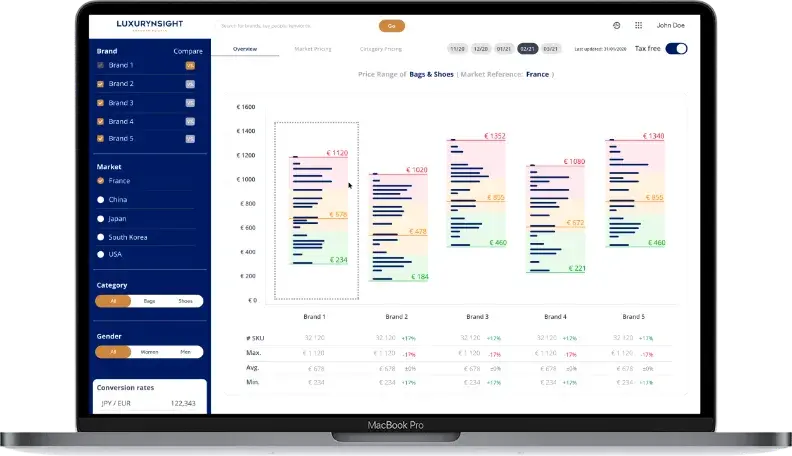
Including live currency exchange and tax

Understand market & consumer trends
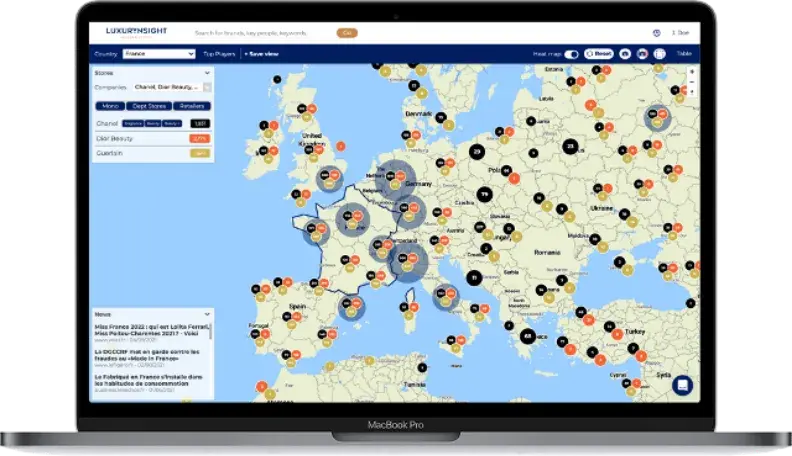
Monitor 500k stores worldwide in real-time

Monitor all new products, communication and distribution activations
Diverse industry expertise
International Team


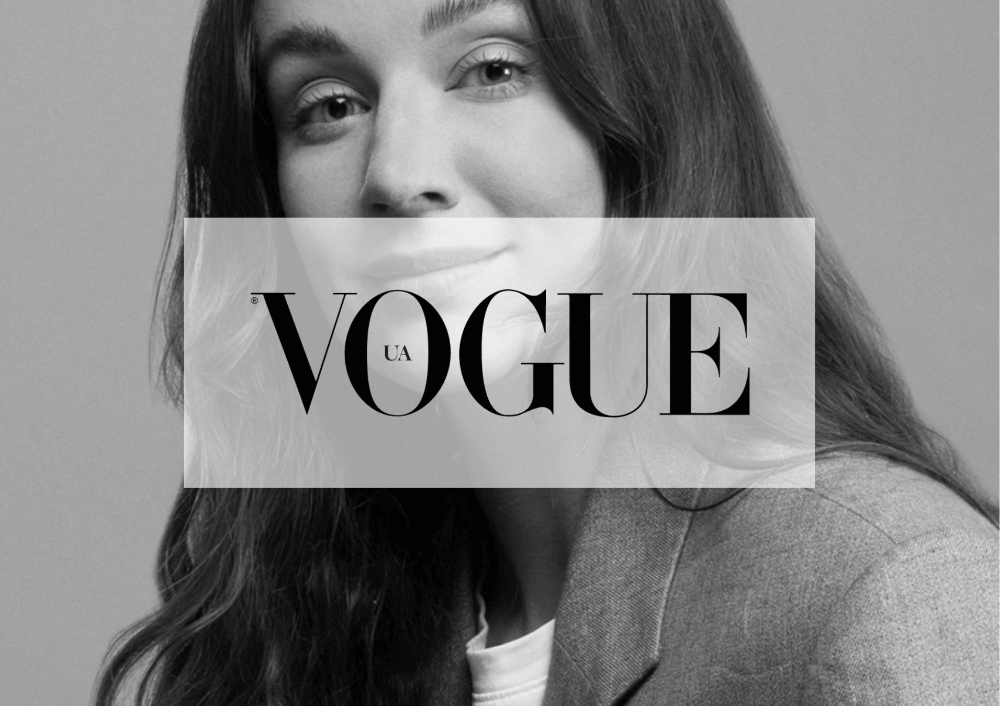
In this interview for Vogue Ukraine, Ashley McDonnell argues that while algorithms and platforms such as Heuritech offer valuable insights into trends and consumer behaviour, the true future of fashion lies in human intuition, emotion and values.
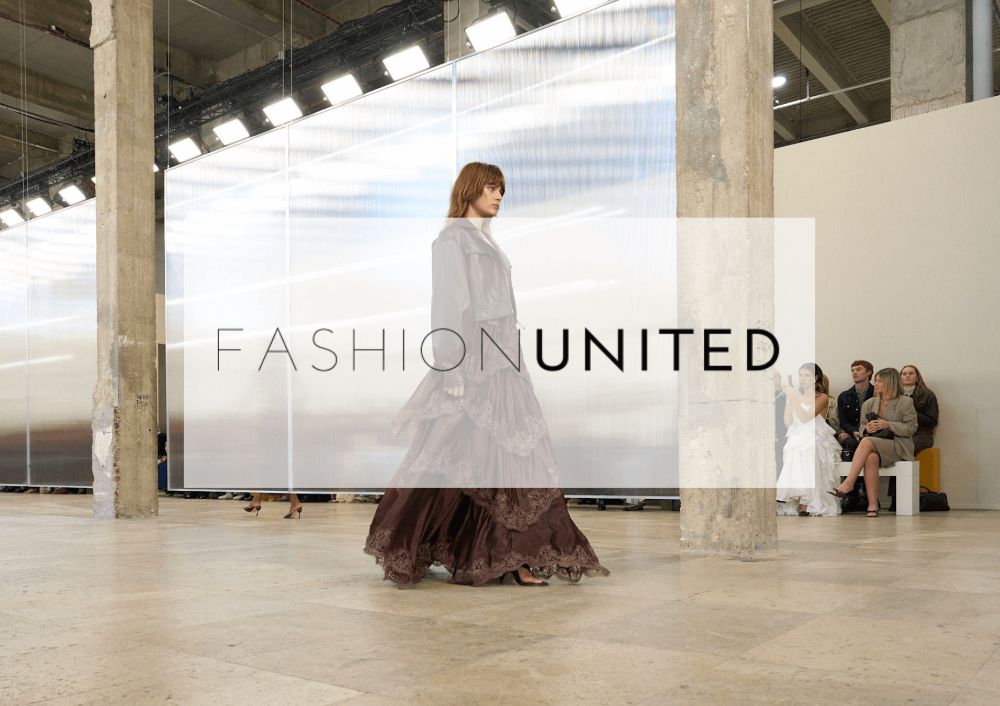
Heuritech’s AI-powered AW26 forecast reveals major shifts in fashion: the rise of Ego-Eco textiles, declining microtrends, consumer demand for individuality and slower fashion, and strong growth in prints like crocodile and dots. With insights on colour palettes, fabrics and silhouettes, Heuritech outlines how sustainability, regulation and reduced screen time are redefining womenswear for 2026.
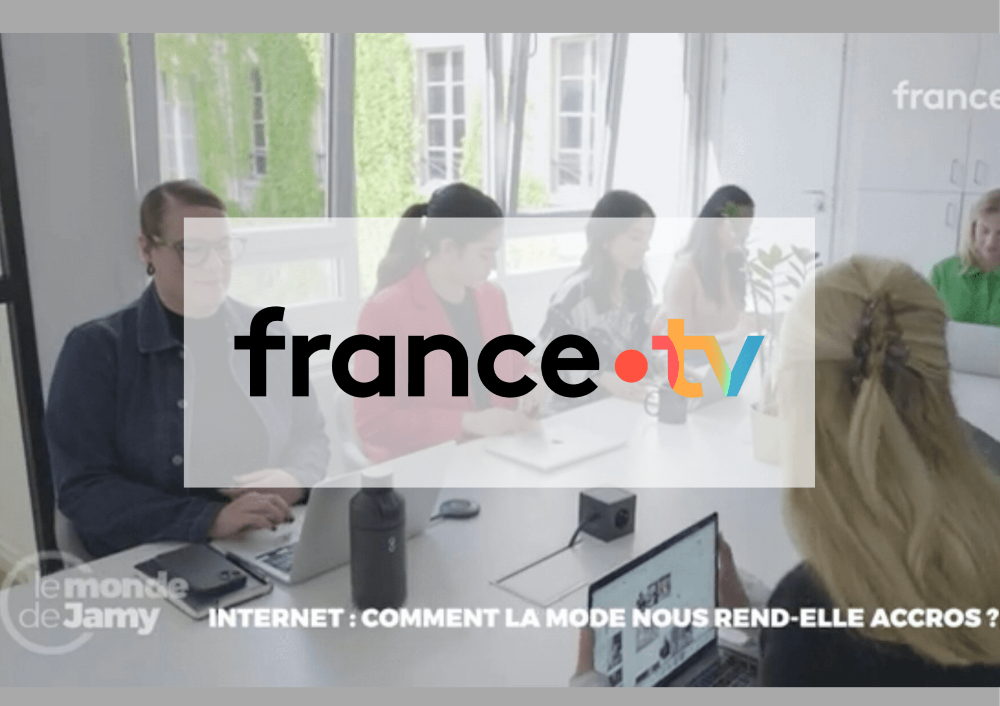
Discover Heuritech’s appearance on France TV’s episode “How to Dress Without Draining the Planet.” Our Lead of Fashion Expertise explains how AI-driven trend forecasting identifies emerging trends through image recognition, helping fashion brands anticipate what will last. Learn how Heuritech supports responsible production, reduces overstock, and guides creative teams with data-backed insights.
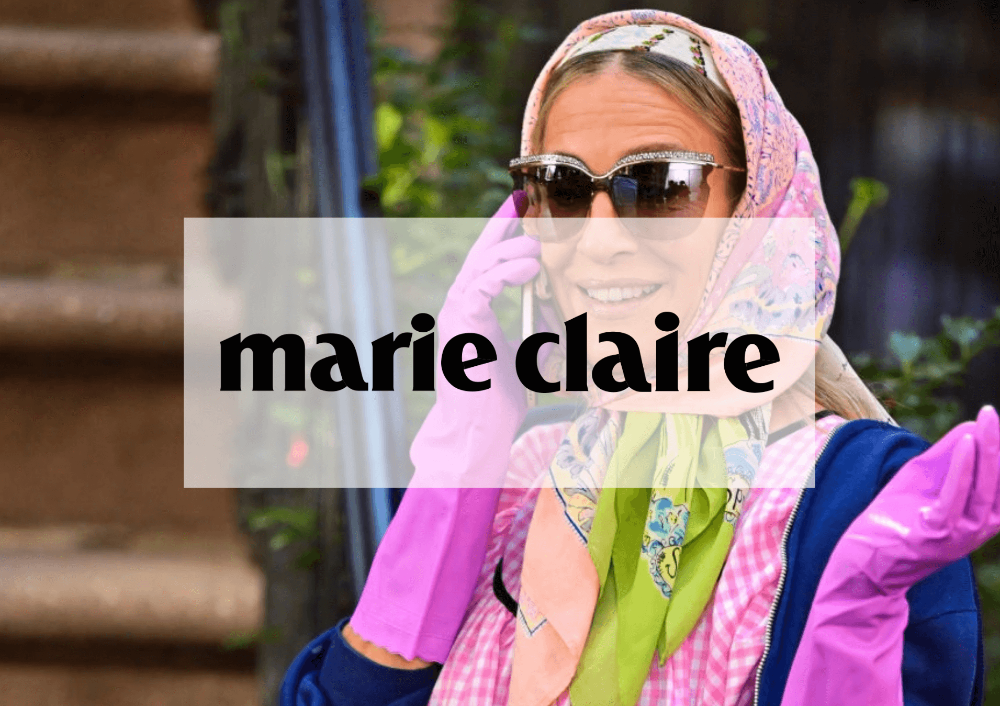
Luxurynsight is featured in Marie Claire Greece in an article exploring how smaller French brands are reshaping luxury. CEO Jonathan Siboni highlights why brands focused on timeless style - not trends - have stronger long-term potential.

Discover key insights from the H1 2025 Luxury Retail Dynamics Report. Explore how Dior, Coach, and leading brands fueled a +10.5% rise in activations, a +55% APAC boom, and a shift toward experiential, client-centric retail formats.

The Financial Times features Luxurynsight CEO Jonathan Siboni discussing how affordable French brands such as Sézane and Soeur are challenging luxury giants by offering quality and value at fair prices.
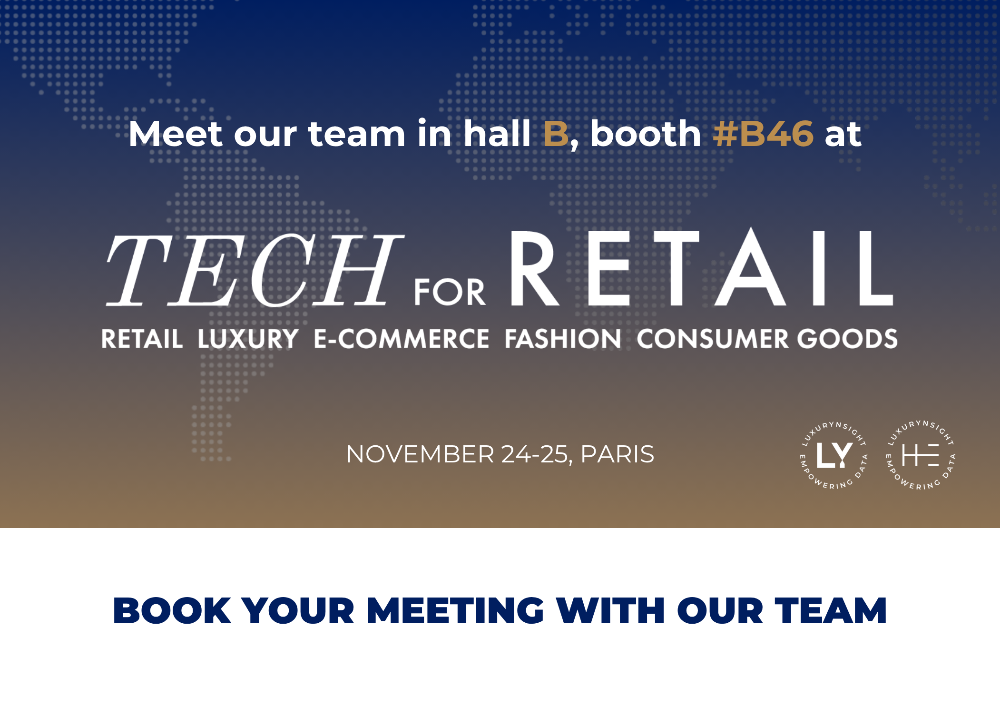
Meet Luxurynsight at Tech for Retail 2025, Booth #B46, to explore how data and AI are shaping the future of retail and luxury.
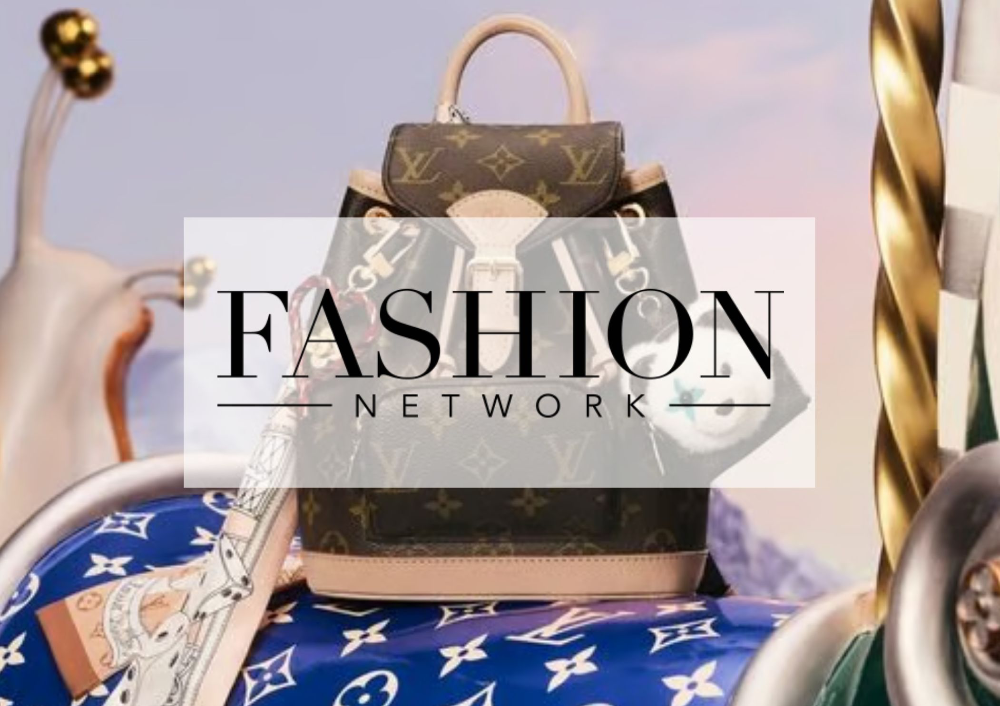
Discover Luxurynsight’s 2025 study covered by the Fashion Network revealing how luxury brands are shifting from excess to essence, focusing on quality, experience, and local relevance.

Jonathan Siboni and Bénédicte Epinay discuss France’s savoir-faire, culture, and innovation in luxury in this edition of Luxurynsight Dialogues.
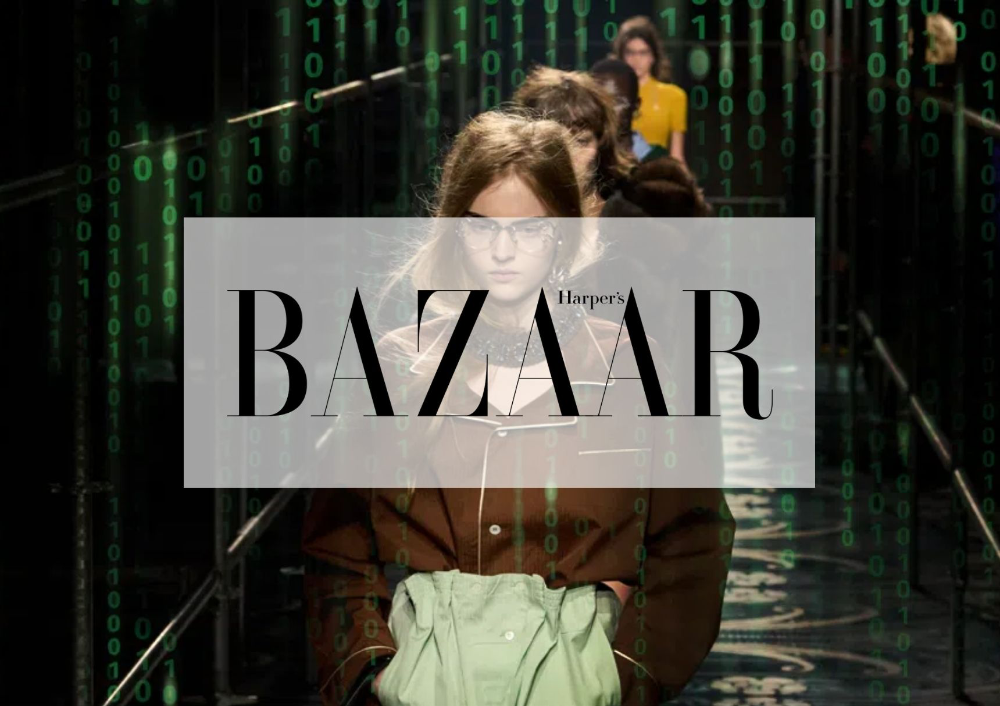
Discover how Heuritech uses AI to predict trends and enhance creativity, shaping a more intuitive, human-centered future for fashion.

In this episode of Selling Luxury, Jeffrey Shaw talks with Jonathan Siboni, Founder & CEO of Luxurynsight, about how data enhances creativity, drives foresight, and keeps France at the heart of global luxury. Discover how brands can predict desire, balance intuition with insight, and master the art of timeless allure.
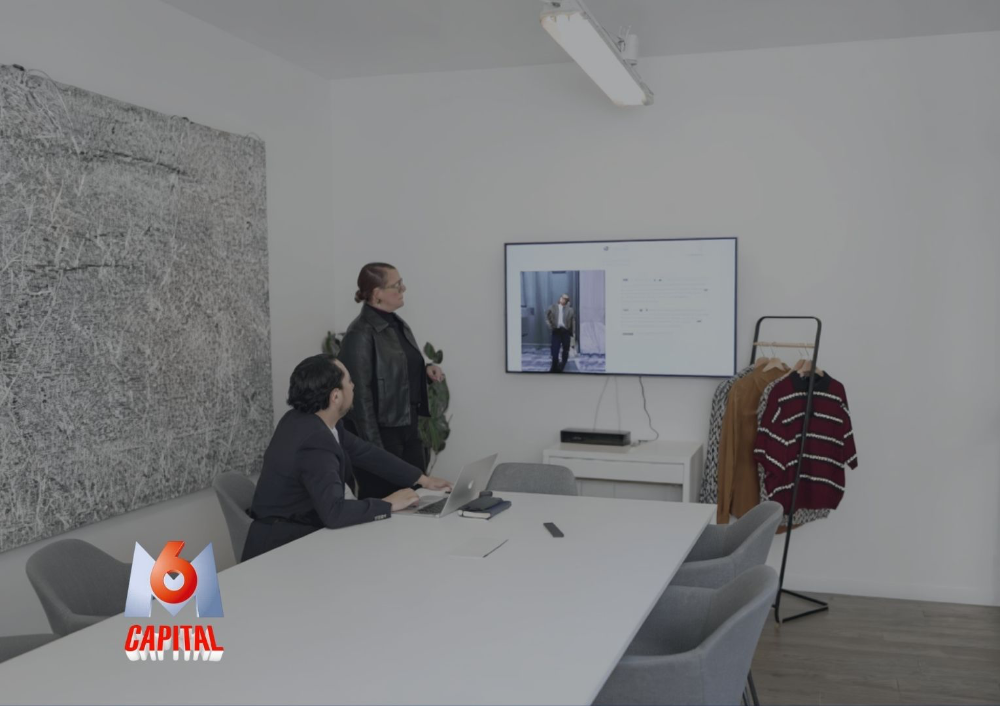
Jonathan Siboni discusses SHEIN’s model and the shift from fast, short-lived trends to lasting, sustainable fashion powered by AI-driven insights.